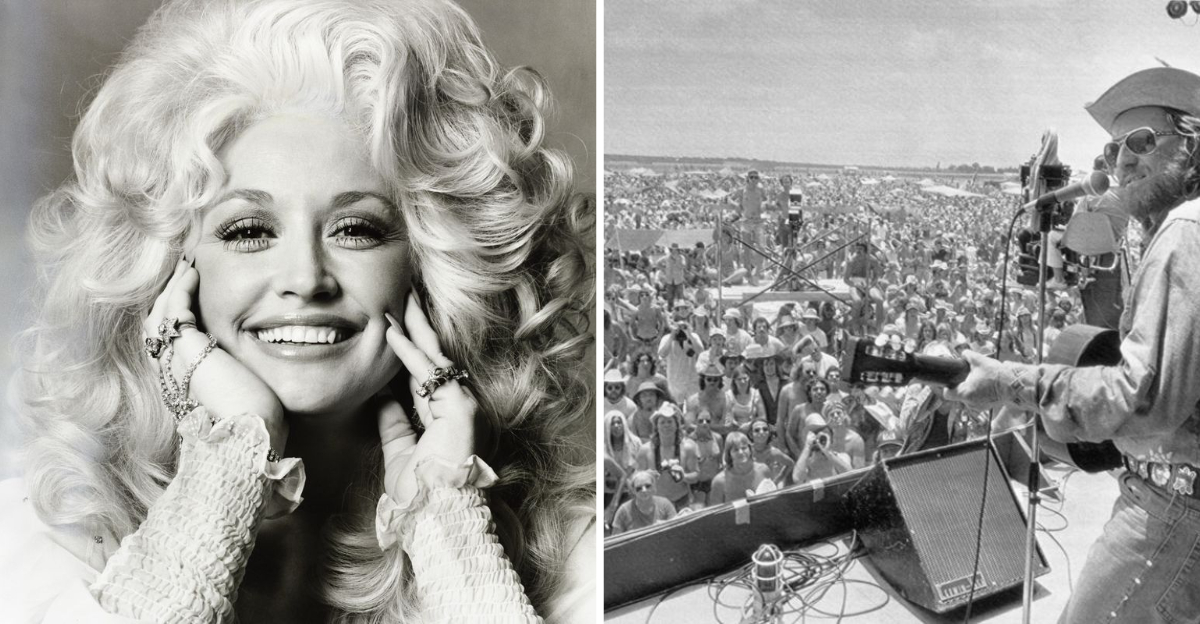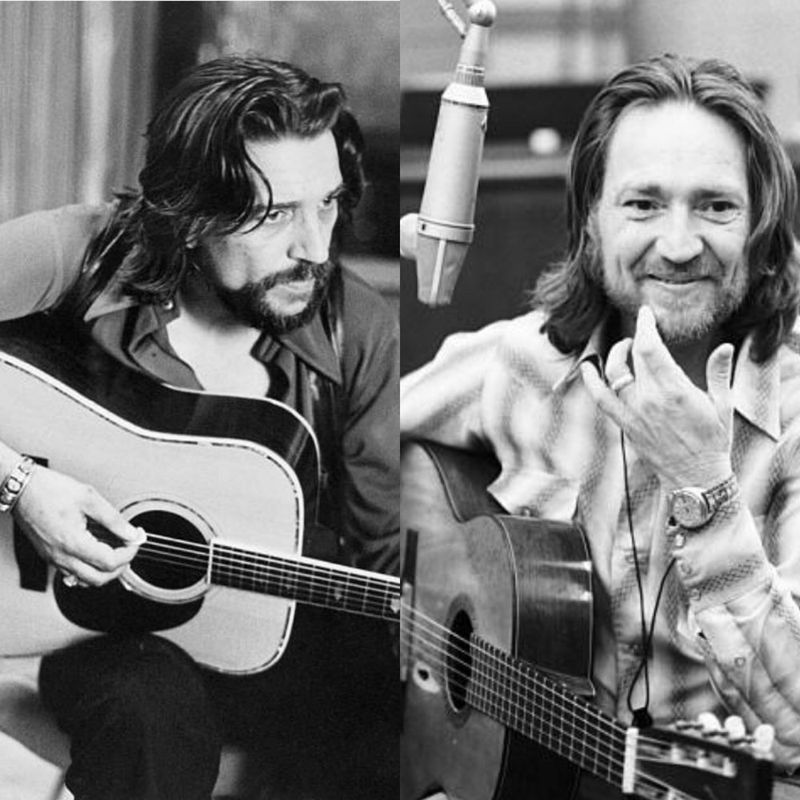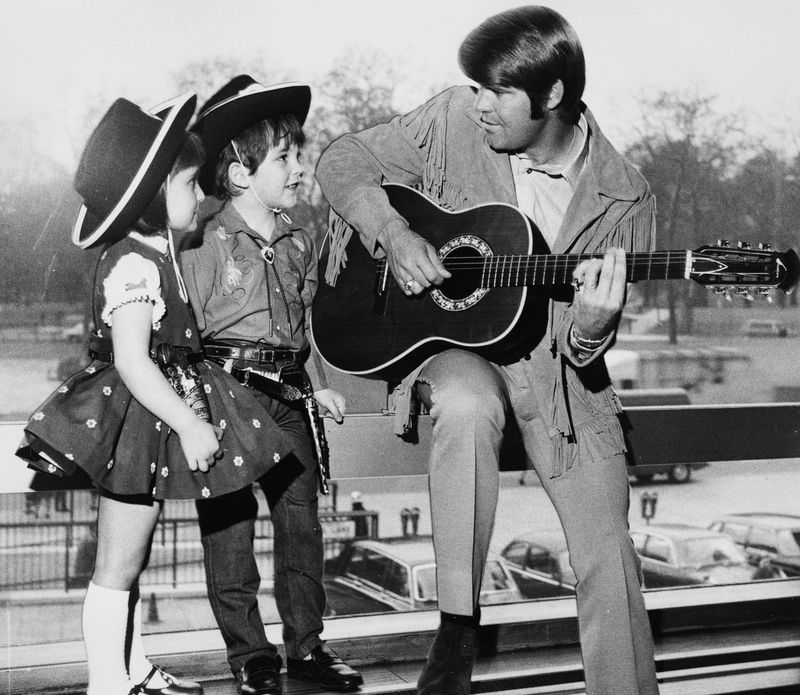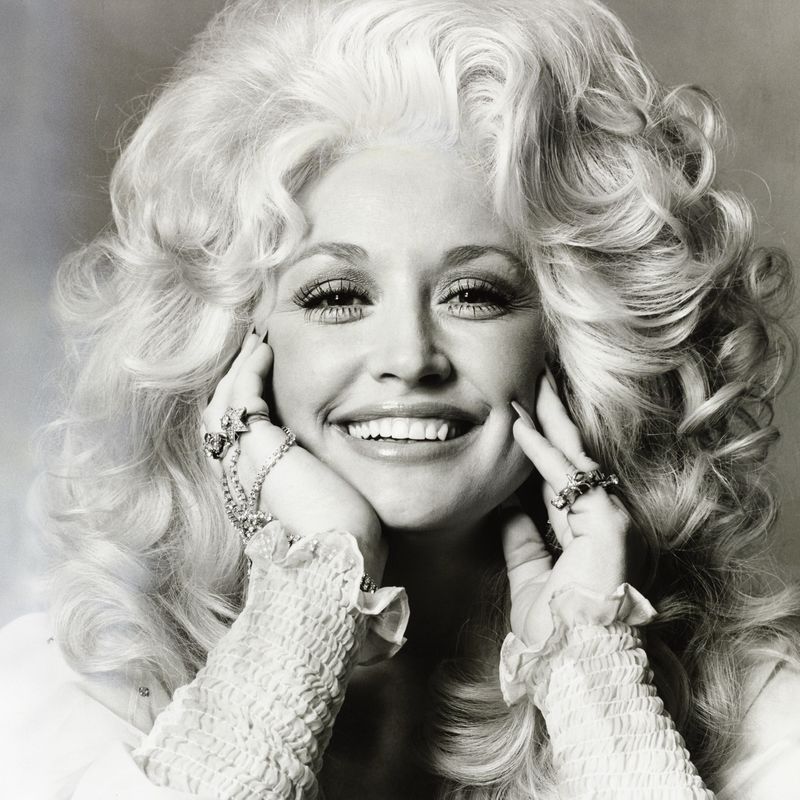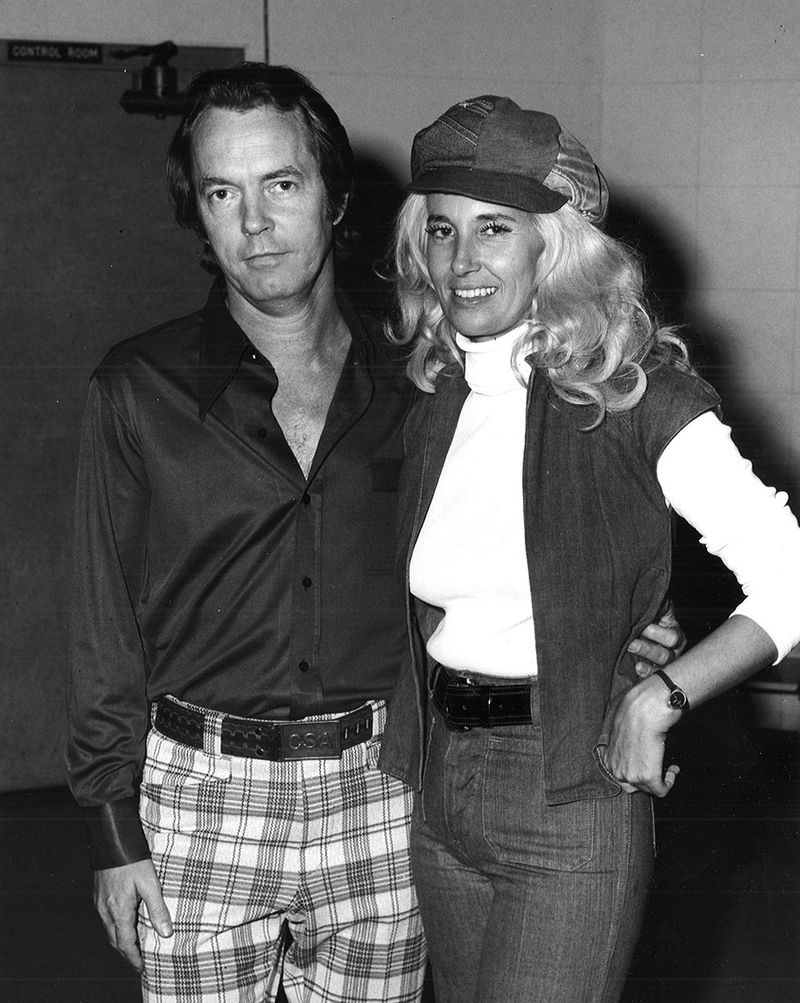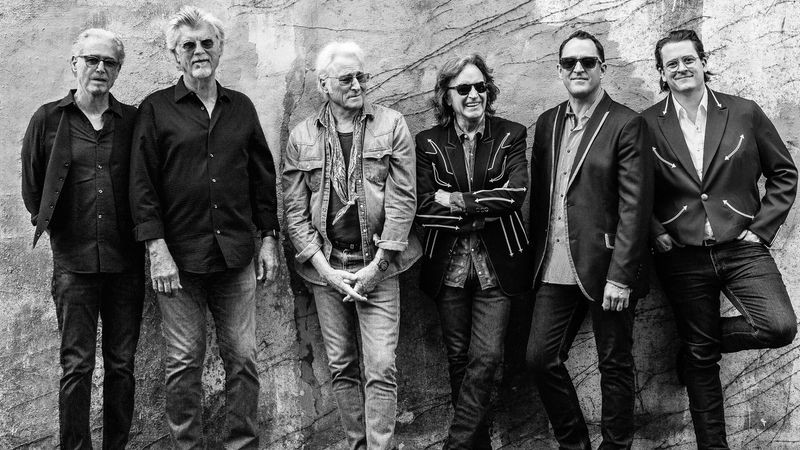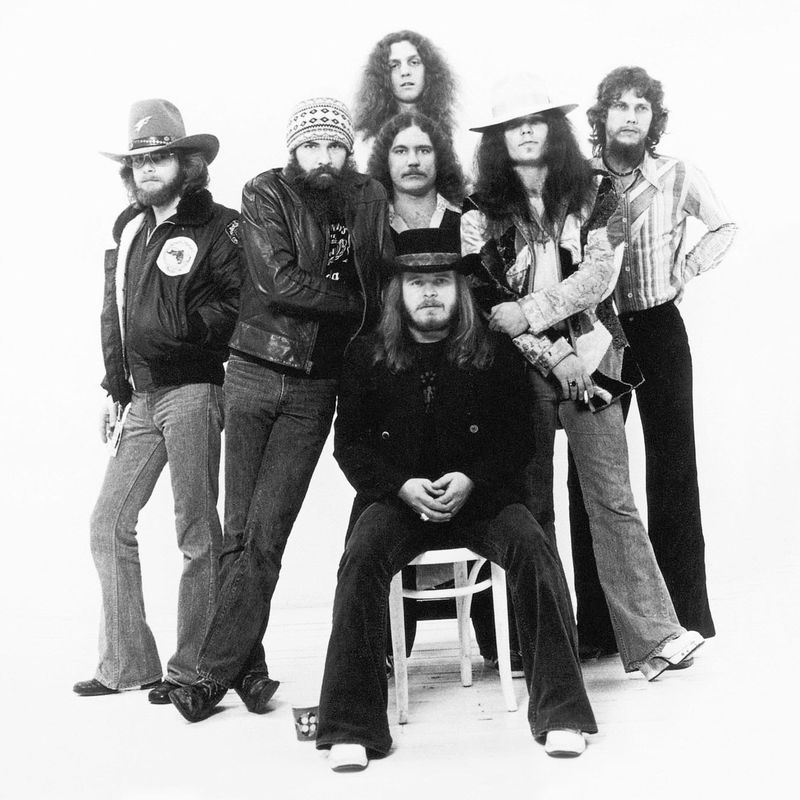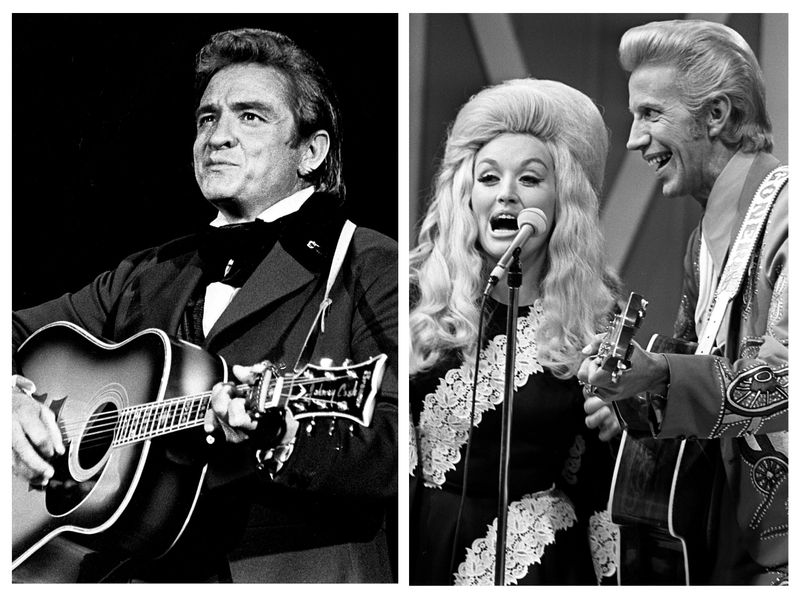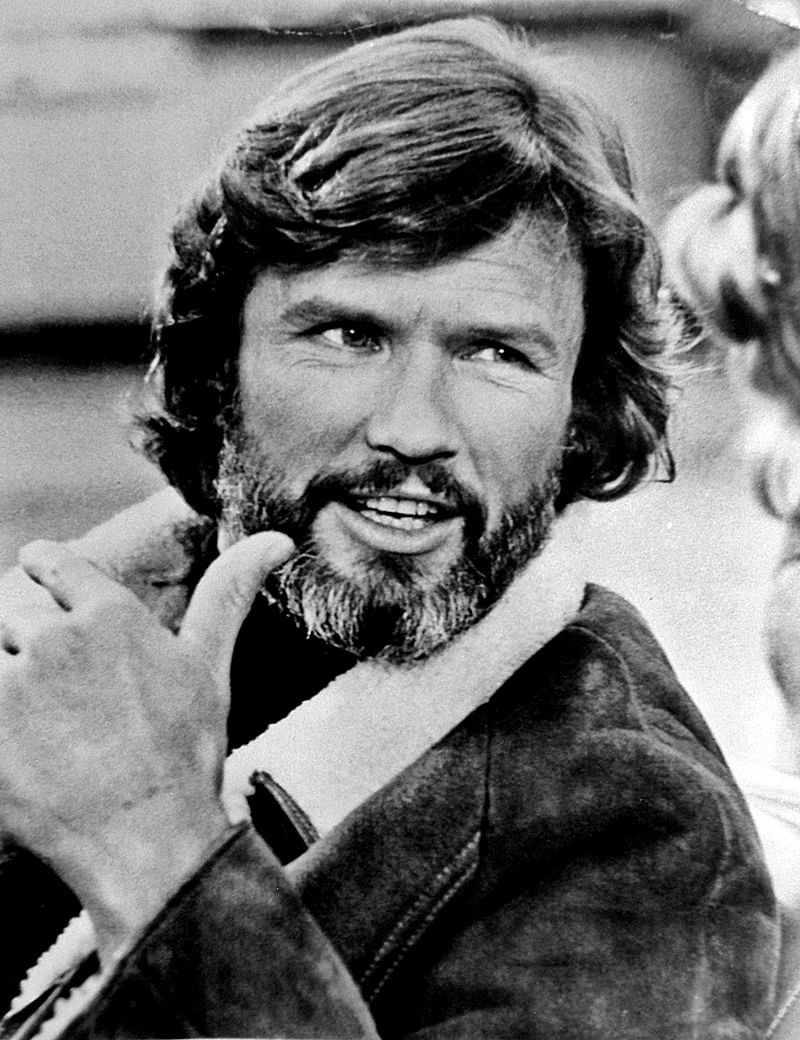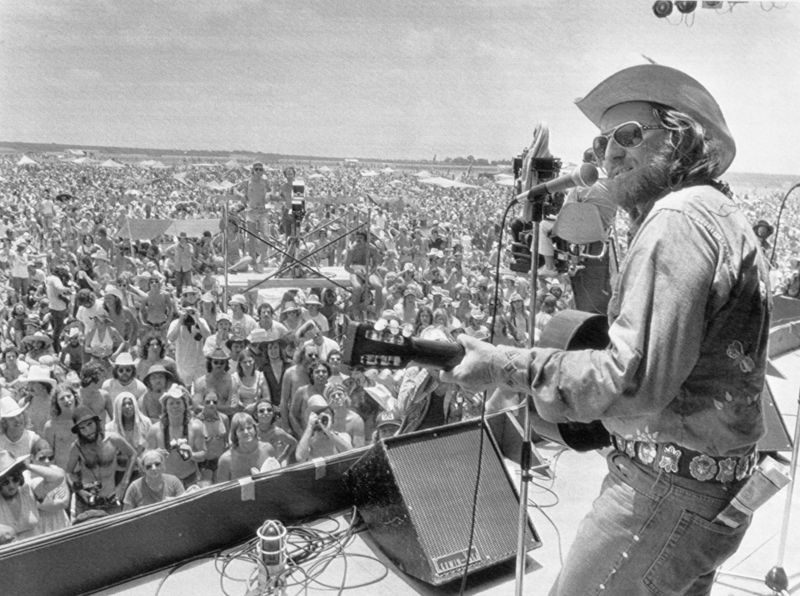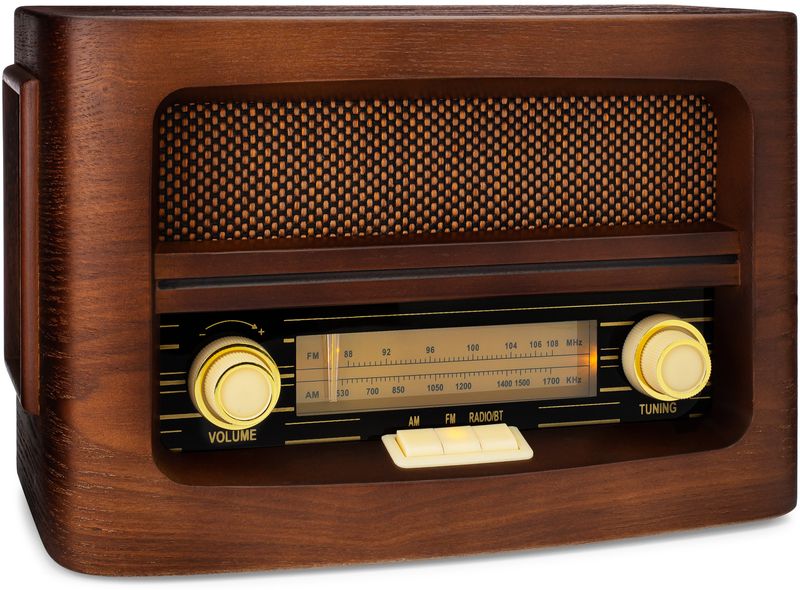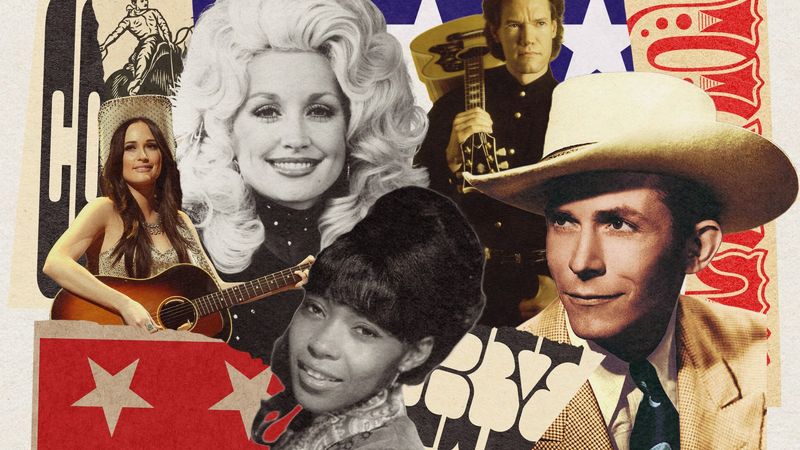The 1970s was a seminal decade for country music, marked by a blend of traditional sounds and innovative styles. This era saw a cultural transformation, with artists breaking new ground and reaching broader audiences. From the Outlaw movement to crossover hits, the ’70s carved a distinct path in the music world. Let’s explore some of the most influential aspects and figures that defined country music during this vibrant decade.
Outlaw Country Movement
Outlaw Country was a groundbreaking movement in the 1970s, challenging the polished Nashville sound. Artists like Willie Nelson and Waylon Jennings led the charge, embracing a raw and rebellious style.
Their music resonated with themes of freedom, independence, and authenticity. This movement allowed musicians to gain creative control, recording on their terms.
Outlaw Country redefined what country music could be, mixing traditional elements with rock and folk influences. Its legacy continues to inspire musicians today, leaving an indelible mark on the genre’s history.
Crossover Hits
The 1970s saw country music crossing into mainstream pop charts, broadening its appeal. Artists like Glen Campbell and John Denver achieved success with hits that resonated across genres.
These crossover songs introduced country to a wider audience, blending catchy melodies with heartfelt lyrics. They bridged cultural gaps, connecting listeners through universal themes.
Such success stories paved the way for future fusions, showing that country music could thrive beyond its traditional boundaries, influencing generations of musicians to experiment with diverse sounds.
The Rise of Female Artists
Female artists gained significant prominence in the 1970s, reshaping the country music landscape. Loretta Lynn and Dolly Parton emerged as iconic figures, breaking barriers and setting new standards.
Their powerful voices and storytelling abilities resonated with fans, addressing social issues and personal experiences. These women paved the way for future generations, proving that female artists could dominate the charts.
The era was marked by a surge of successful female performers, leaving an enduring impact on the industry and inspiring countless women to pursue careers in music.
Nashville Sound Evolution
The Nashville Sound underwent significant changes in the 1970s, blending traditional country with modern influences. Producers like Billy Sherrill crafted lush, orchestral arrangements, creating a distinctive sound.
This evolution aimed to attract a broader audience, incorporating elements from pop and rock. The refined production style became synonymous with sophistication and accessibility.
While some purists criticized the shift, it undeniably expanded country music’s reach. The Nashville Sound of the ’70s set the stage for future experimentation, solidifying its place in music history.
Bluegrass Revival
The 1970s witnessed a revival of bluegrass music, breathing new life into this traditional genre. Artists like The Nitty Gritty Dirt Band and Ricky Skaggs brought bluegrass to new audiences.
Their innovative approaches combined traditional techniques with contemporary elements, creating a fresh sound. This revival highlighted the genre’s rich heritage while making it relevant to modern listeners.
The renewed interest in bluegrass fostered a deeper appreciation for acoustic music, inspiring musicians to explore its roots and keep the tradition alive for future generations.
Country Rock Emergence
Country rock emerged as a popular genre in the 1970s, merging the storytelling of country with the energy of rock. Bands like The Eagles and Lynyrd Skynyrd defined this new sound.
Their music resonated with fans seeking something fresh and dynamic. This blend appealed to a diverse audience, bridging the gap between genres.
The emergence of country rock in the ’70s showcased the versatility of country music, encouraging artists to experiment and innovate, leading to a lasting influence on the music scene.
Television’s Role in Promotion
Television played a crucial role in promoting country music during the 1970s. Shows like “Hee Haw” and “The Johnny Cash Show” brought country artists into living rooms across America.
These programs provided a platform for musicians to reach wider audiences, showcasing their talents and personalities. The visual medium helped artists connect with fans on a more personal level.
By featuring live performances and interviews, television contributed significantly to the popularity and accessibility of country music, cementing its place in American culture.
Influential Songwriters
The 1970s was a golden era for country songwriting, with many influential figures shaping the genre’s narrative. Writers like Kris Kristofferson and Townes Van Zandt crafted poignant lyrics that resonated deeply.
Their ability to tell relatable stories with emotional depth set new standards for songwriting excellence. These artists explored themes of love, loss, and life, connecting with listeners on a personal level.
The impact of 1970s songwriters is still felt today, as their timeless works continue to inspire new generations of musicians and storytellers.
Influence of Folk Music
Folk music significantly influenced country in the 1970s, enriching its lyrical and musical depth. Artists like Emmylou Harris drew from folk traditions, blending them into their country sound.
This influence brought a new level of storytelling and authenticity to country music, resonating with audiences seeking meaningful content. Folk elements provided a platform for exploring social themes and cultural narratives.
The fusion of folk and country during the ’70s broadened the genre’s appeal, fostering a deeper connection with listeners and enhancing its artistic expression.
Country Music Festivals
Country music festivals became increasingly popular in the 1970s, offering fans a unique way to experience live performances. Events like the Willie Nelson’s 4th of July Picnic drew massive crowds.
These festivals celebrated the communal spirit of country music, bringing together fans and artists for memorable experiences. They provided a platform for emerging talents to showcase their skills.
The festival culture of the ’70s played a vital role in promoting country music, fostering a sense of community, and ensuring the genre’s vibrant growth and popularity.
The Impact of Technology
The 1970s saw technological advancements that transformed the country music industry. Improved recording techniques and equipment allowed for higher-quality productions.
Artists could now experiment with new sounds and styles, resulting in more polished and innovative music. The rise of FM radio also contributed to the genre’s expansion, reaching wider audiences.
Technology’s impact on 1970s country music paved the way for future innovations, enhancing the listening experience and allowing artists to push creative boundaries like never before.
Legacy of the 1970s
The legacy of 1970s country music is one of innovation and transformation. This era broke down barriers and expanded the genre’s horizons.
From the Outlaw movement to crossover hits, the ’70s left an indelible mark on country music. Artists dared to be different, blending traditional and modern influences.
The decade’s impact is still felt today, inspiring musicians to embrace creativity and authenticity. The 1970s reshaped country music, leaving a lasting legacy that continues to influence and inspire.
